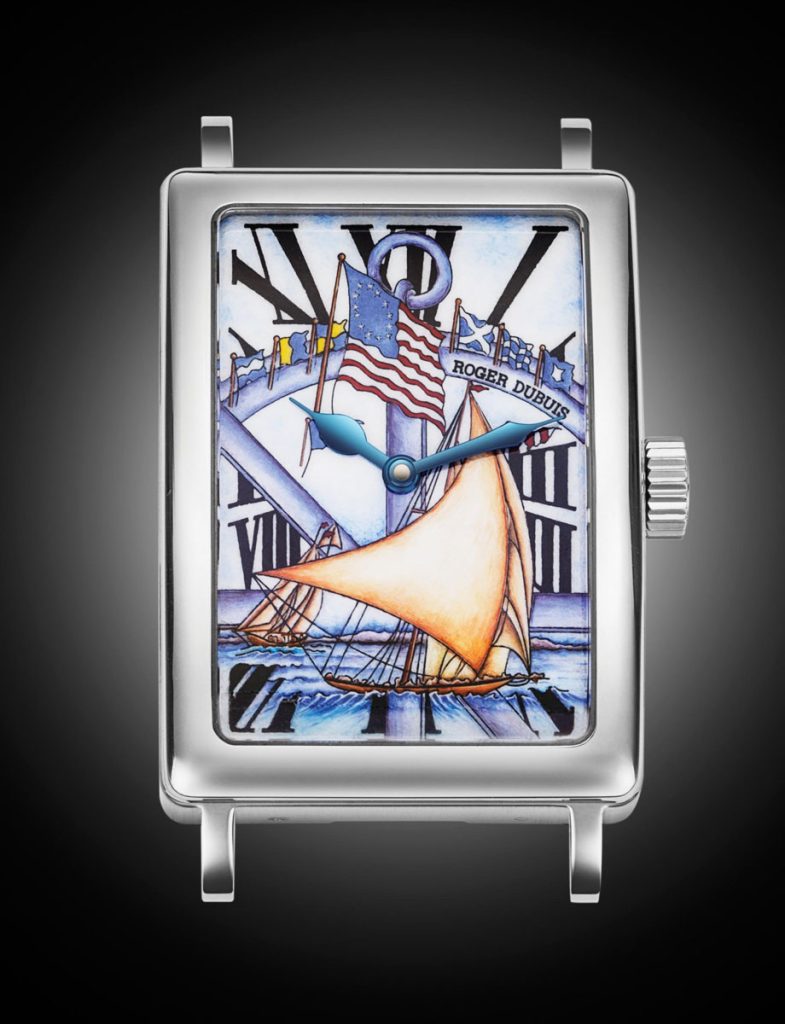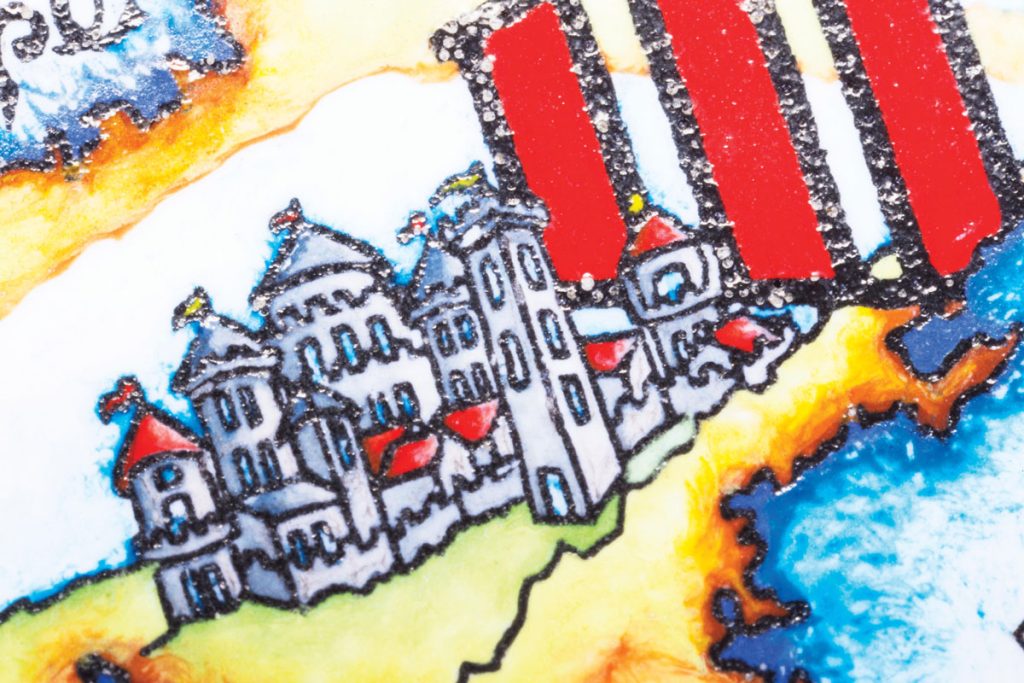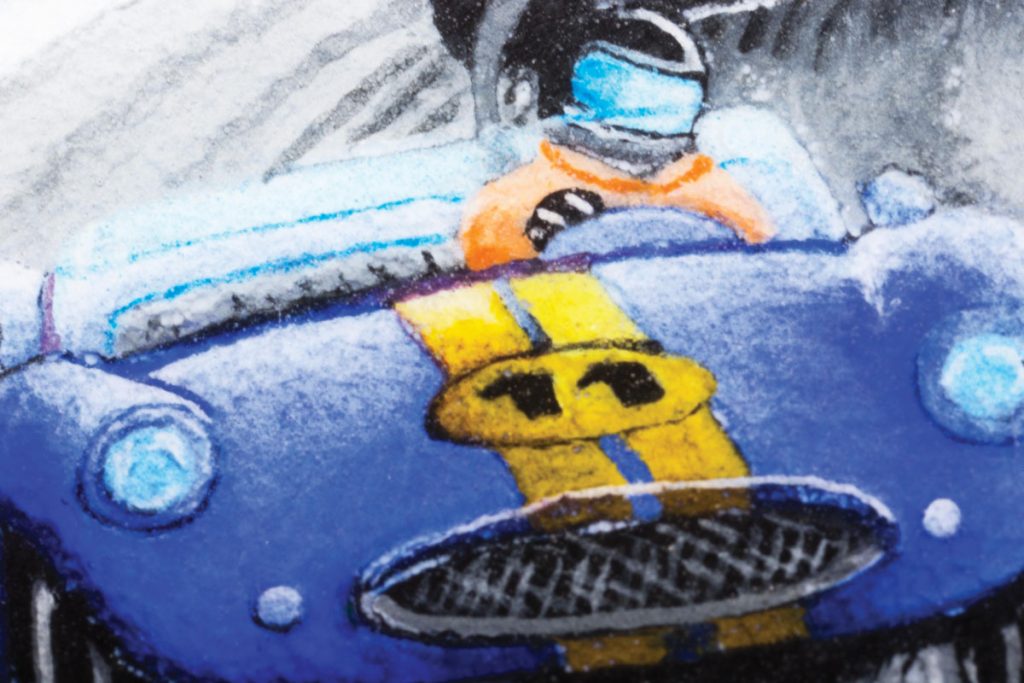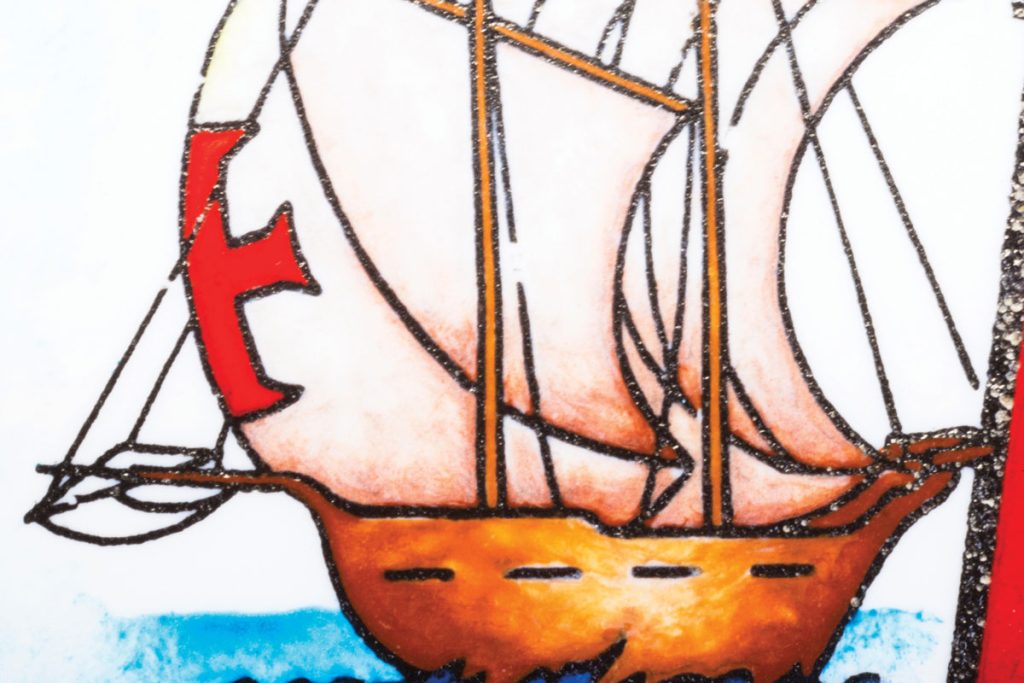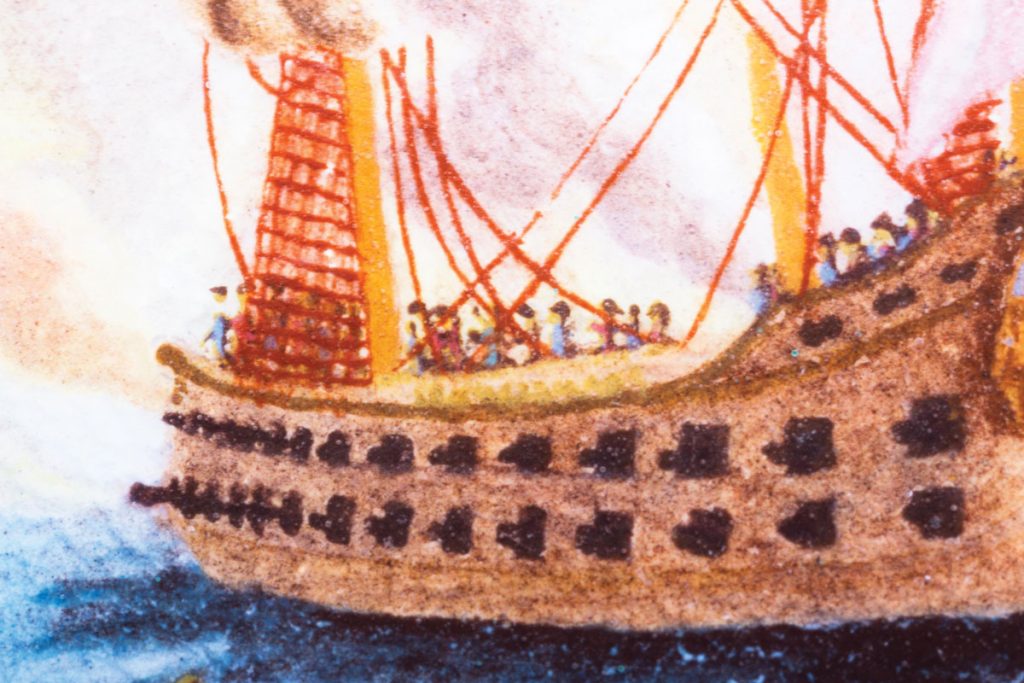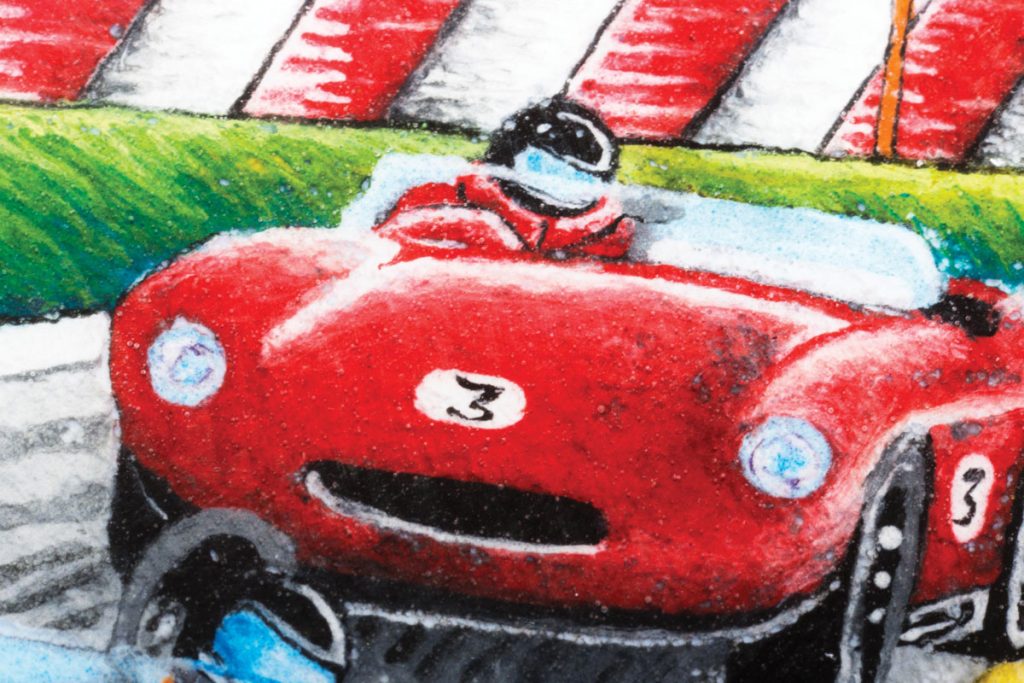Roger Dubuis
Roger Dubuis: Enamel Magic Revisited
Roger Dubuis
Roger Dubuis: Enamel Magic Revisited
Watches and dials from the collection of ‘Ricardo’, and Manufacture Roger Dubuis
Although all of the Roger Dubuis models were inherently rare, as only 28 of each version or color combination were made, the models with dials hand-painted by Dominique Baron were particularly obscure and are now the preserve of auctions. How many were made is not certain, but we have been able to piece together the story thanks to the company’s archives. It goes without saying that the dials were manufactured in-house. They were created between 2002 and 2007, according to the exclusive process developed by the famous enamel artist, Dominique Baron.
What we can reveal, despite some designs not being issued in their full allocation, are the words of a company spokesperson who says that Manufacture Roger Dubuis made, “altogether around 80 references, limited to 28 pieces – or about 2,000 watches manufactured – knowing that some of the series were not entirely produced.” Hommage, GoldenSquare and MuchMore models were designated for the enamel dials, in watches of either white or pink gold.
Roger Dubuis, the man
According to the late Roger Dubuis, co-founder of the eponymous watch brand, the inspiration to produce the dials was the same as that which defined the objectives when Manufacture Roger Dubuis was founded in 1995: to create timepieces that respected traditional watchmaking. “That is why we insist on having each watch certified by the Poinçon de Genève. For a number of years I had fought to preserve the decorative arts associated with watchmaking. In 1977, when we were in the Quartz Crisis, these traditional crafts were dying out. I remember there were only three or four enamel artists in Geneva at this time and engravers and guillochers were also becoming increasingly hard to come by.”
In 1995, when the brand had workshops on Geneva’s Avenue Industrielle, “the Prime Minister of Malaysia came to visit us. We didn’t have many timepieces to show him at this time so we suggested he come back in a year. Twelve months later, he returned and asked us if we could create two enamel dials with portraits of him and his wife, and it started from there.
“At first, we worked with my artisan friends from the 1970s, but later we heard about an enamel artist in La Vallée de Joux who was working at Jaeger-LeCoultre. It was Dominique Baron. She didn’t know anything about miniature painting, or much about cloisonné enamel, but she was passionate about the art of enamel, so she joined us.”
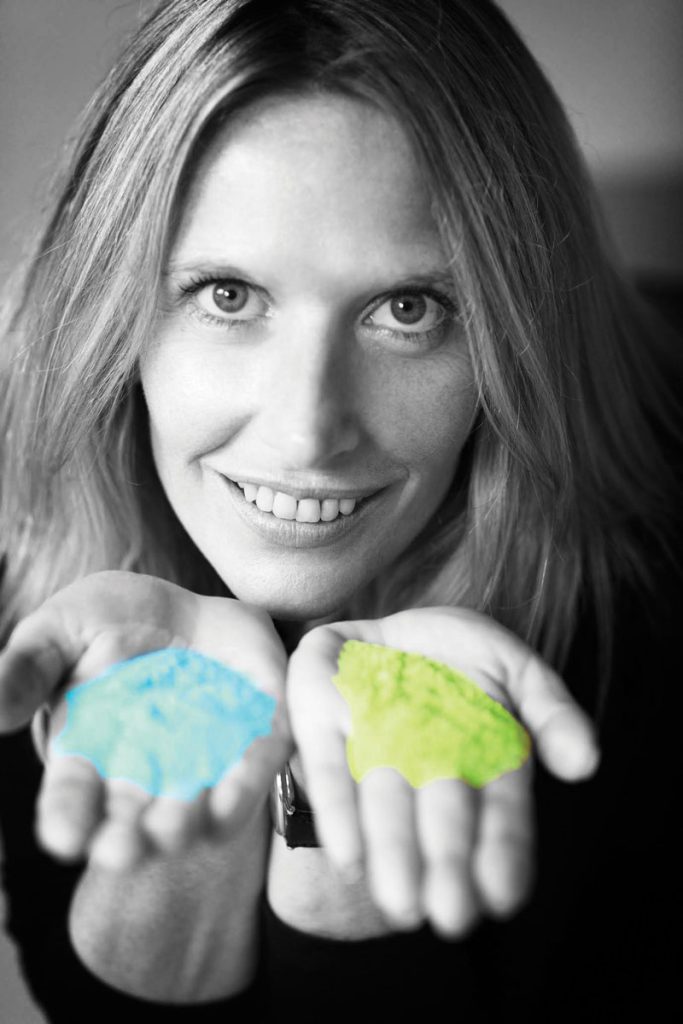
Master enameller, Dominique Baron
It helped that Dubuis himself had a personal passion for enamel dials. “I have always loved enamel, but I would say that I am more passionate about the art than I am in the object itself. I think this comes from my restoration days when I would occasionally have an enamel dial to repair. I had to find solutions and I learned and discovered a lot about enamel at this time.”
A life cut short
It was a blow to the entire industry when Baron passed away in 2012. Revolution recalled at the time that she one of the finest enamel artists of our time. Furley recalls: “The first time I met Dominique was in her little workshop, encased in glass, at the high-tech Manufacture Roger Dubuis where we both worked. Back to the door, she would spend her days grinding her enamel powders with a pestle and mortar, painting miniature works of art on her dials and praying to her kiln to be kind to her work.”
Her early days were challenging as she set out to understand how to enamel the unfriendly curved dials of the Roger Dubuis MuchMore collection. Armed with a degree in art from Strasbourg University, and a little experience in enameling at Jaeger-LeCoultre, Baron perfected her craft through trial, error, dedication and a ton of patience. It took her more than two years to fully master her art – in particular, the Geneva technique of enameling, which entails 15 to 20 layers of transparent enamel and as many firings to complete. Her determination paid off, as learning about enamel the hard way brought with it the courage to always continue experimenting.
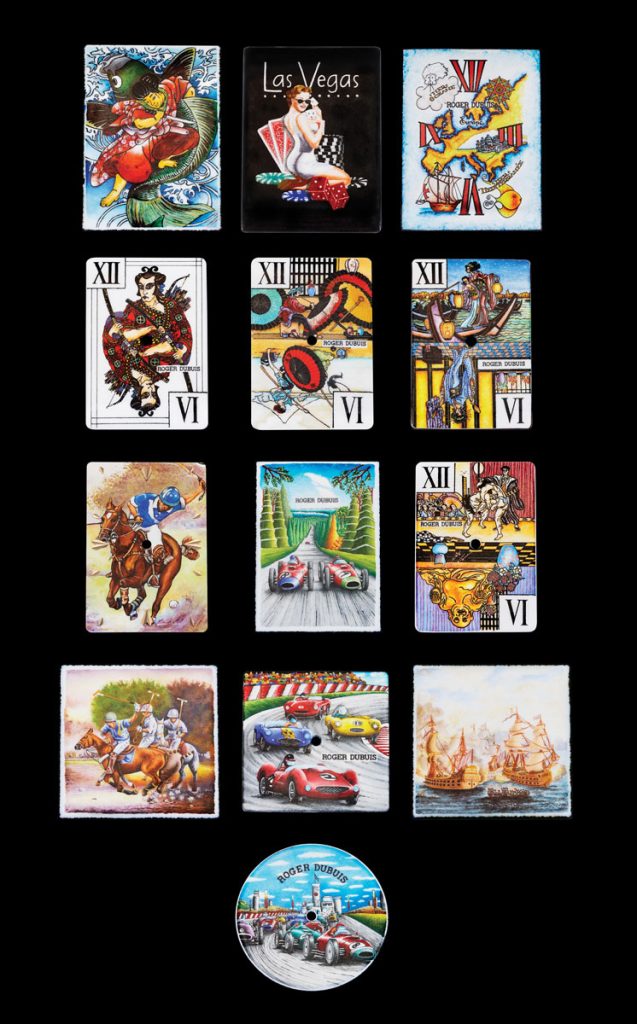
A selection of the dials painted by Dominique Baron for Manufacture Roger Dubuis
It wasn’t long before she was snapped up by the Richemont Group and given the resources to develop her skills even further. It was here, in her new workshop simply named L’Atelier, that she created some of her most amazing works, notably for Van Cleef & Arpels, which provided the perfect outlet for Baron’s boundless creativity. She also counted other Richemont brands as her clients, along with a number of independent watchmakers such as Laurent Ferrier.
Baron was one of the key figures in bringing the art of enamel back to watchmaking, and the fact that she was mostly self-taught makes her career all the more admirable. Furley recalls her lunches with Baron: “They would always begin with a tour of the projects she was working on. I saw Van Cleef & Arpels’ Poetic Complications – the elegant ballet dancers, the spectacular lovers’ bridge and the colorful hummingbirds – in their first stages of development. I witnessed unique pieces that were sold before they could even be photographed, bespoke orders and timepieces that were never linked to her name – although her secret signature is hidden in each one. I followed her career with enthusiasm, and she supported mine, as friends do.
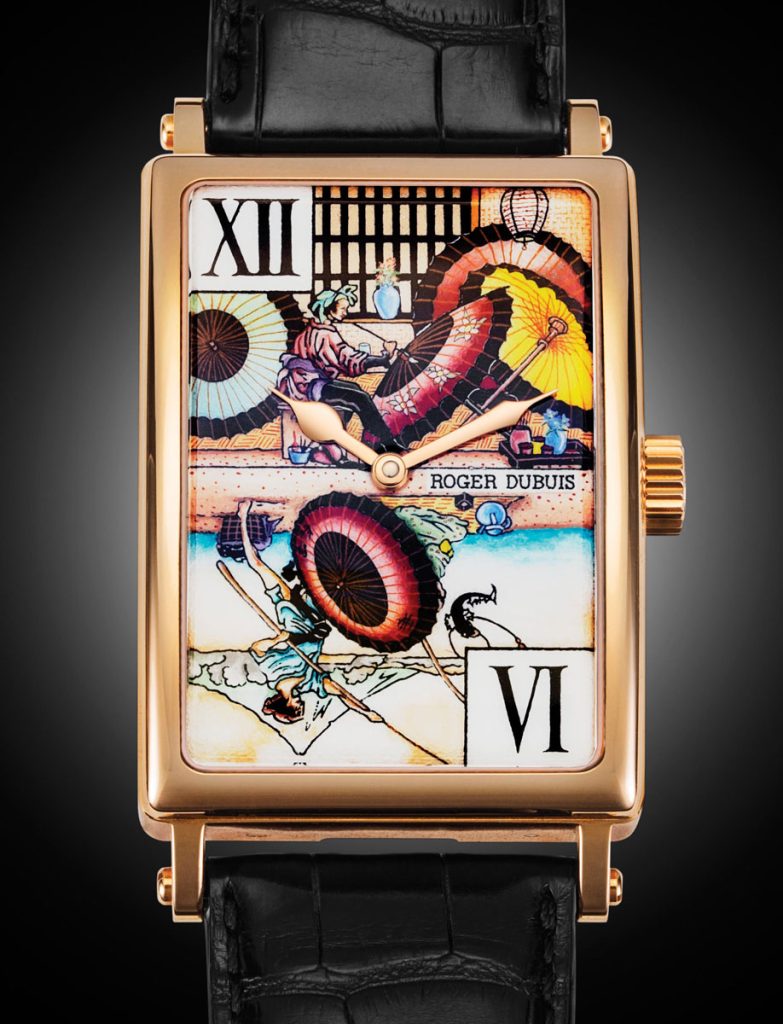
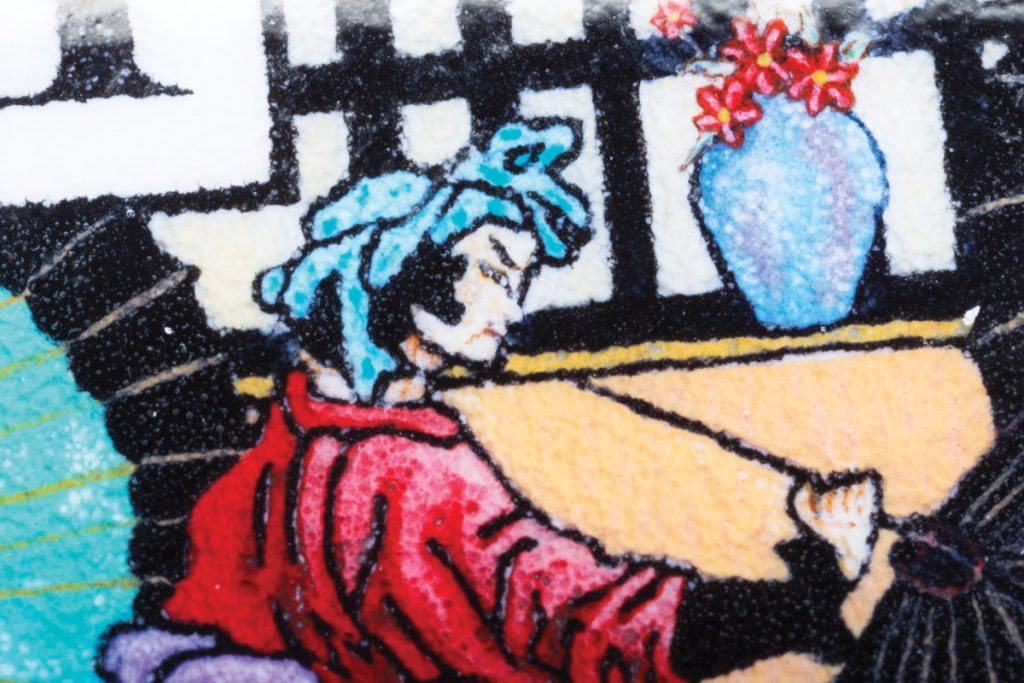
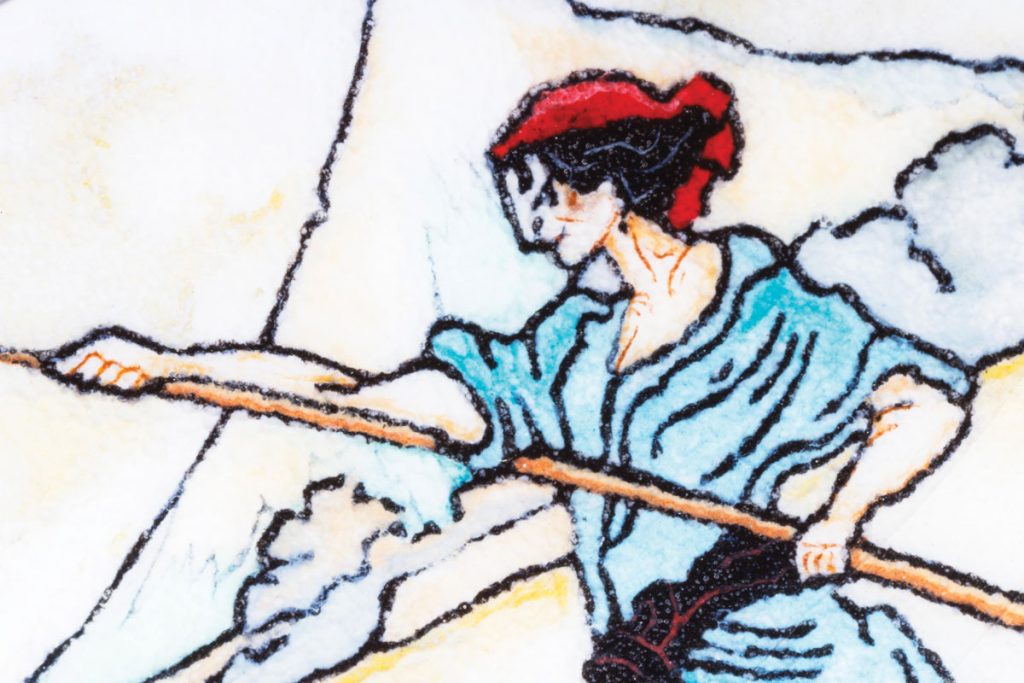
Baron was a daredevil motorcyclist and would race up and down the St Cergue hill on the Ducati Monster that was her pride and joy. Furley remembers her revealing how she got quite the kick out of delivering really expensive dials to her clients on motorcycle – how they would look at her like she was stark raving mad to transport their precious objects in such a risky manner.
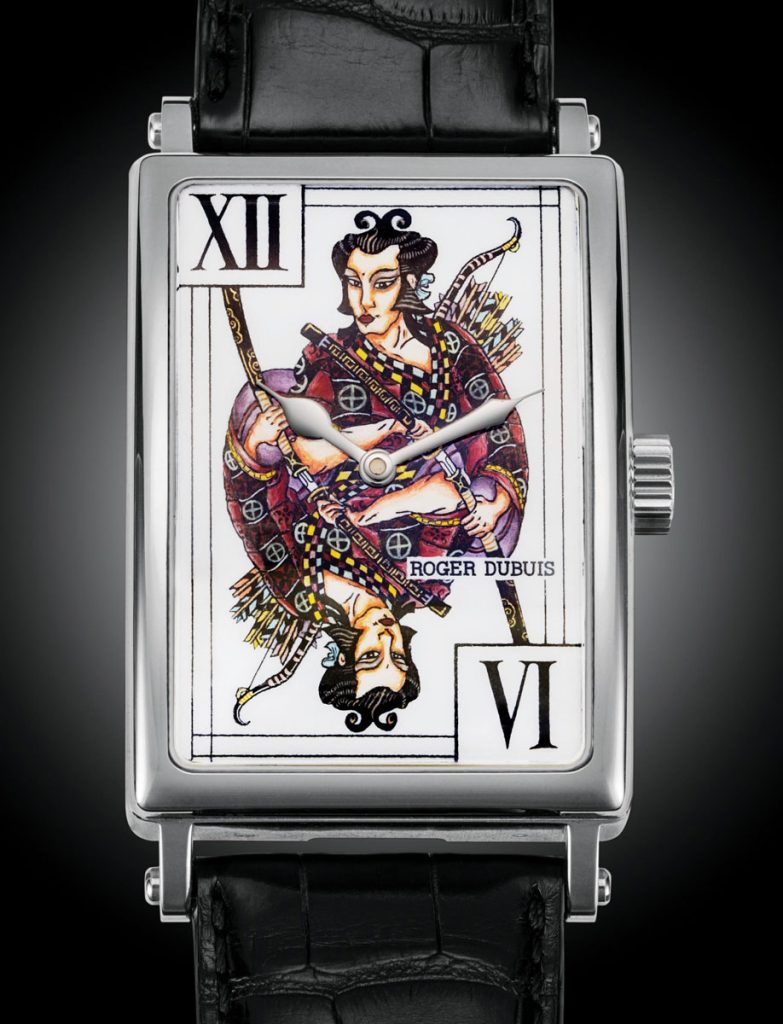
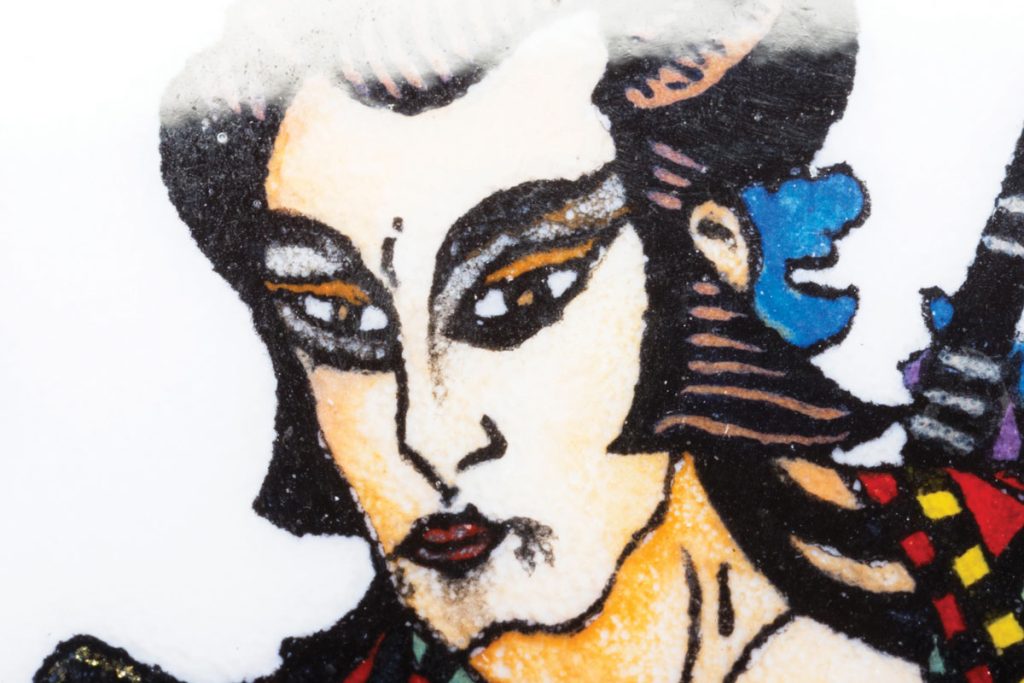
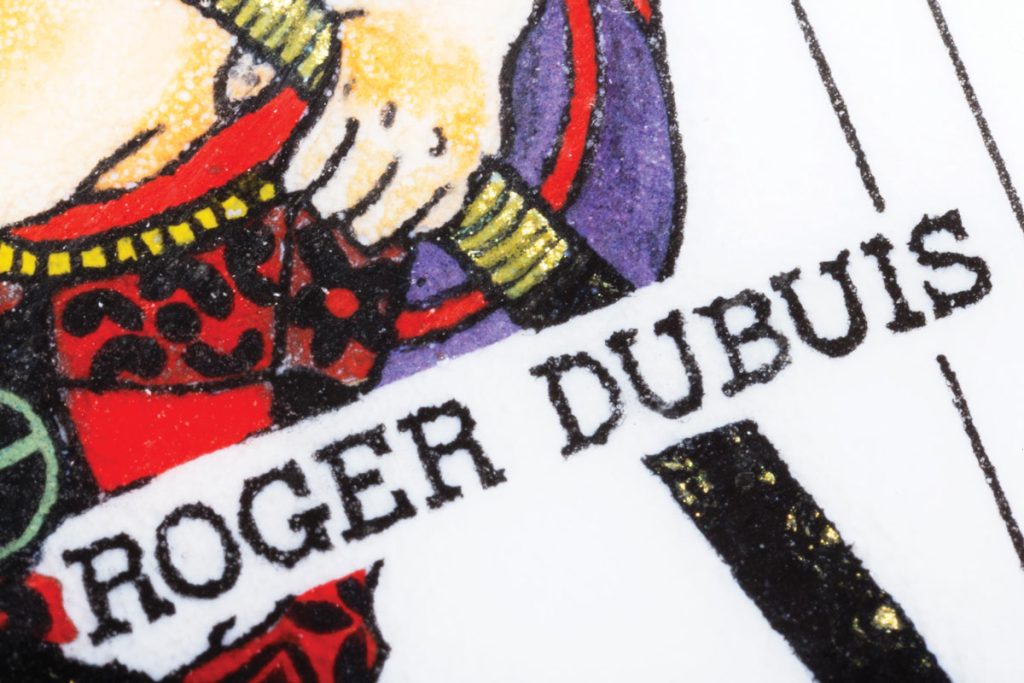
Lasting beauty
According to Dubuis, “dozens” of designs went into production. “Right from the beginning, we wanted to create themed collections and we had a series of maps and ships among others.” There does not seem to be a complete checklist, so collectors will be surprised from time to time as models appear in auction.
Ricardo acquired five over the years, and the company kindly sent Revolution two watches and 13 unused dials from their museum collection to photograph – some pre-drilled for the hands, some not. Their rarity ensured that photographing them would be a major operation. The dials arrived in a special container, each held in suspension between stretched sheets of special plastics, in individual frames slotted into a carrier. Their UK press representative arrived with a bodyguard at the studios of Watchfinder, where watch photographer Andrew Morgan was able to try out a new macro lens, ideal for homing in on the details that attest to Dominique Baron’s genius. The proof is on these pages.
